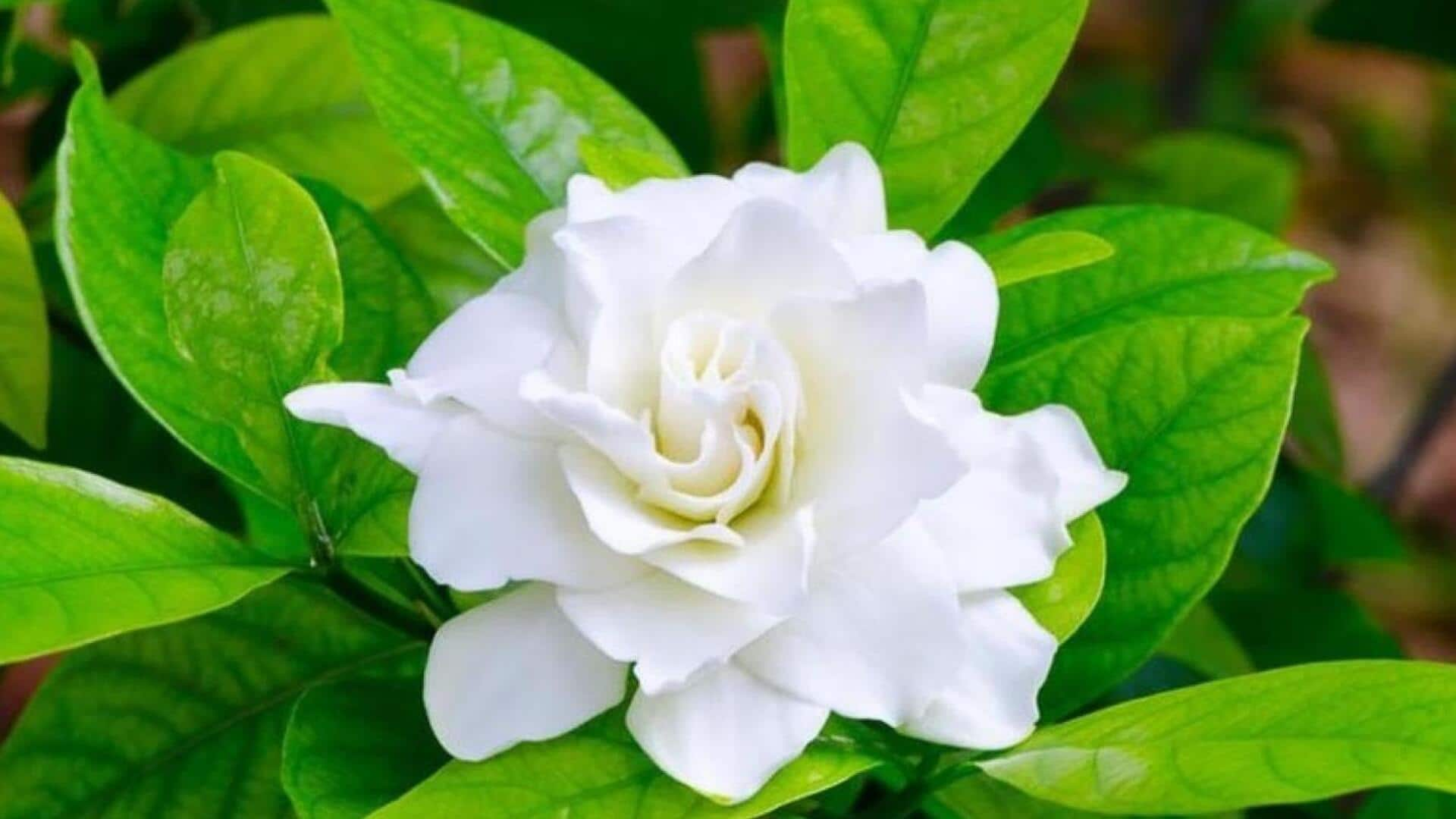
Growing glorious gardenias: Crucial care tips
What's the story
Gardenias, known for their vibrant green leaves and intoxicatingly fragrant white blossoms, are a favorite among gardeners looking to infuse their gardens with a touch of elegance and a waft of sweet perfume. But, they are often considered divas of the plant world, demanding a bit of pampering to strut their stuff. This article shares five key secrets to raising happy, blooming gardenias.
Location
Select the right location
Gardenias require a location that offers partial shade and is shielded from the intense heat of the afternoon sun. They flourish in areas where they can soak up the morning sun but retreat from the day's scorching heat. The perfect spot is where your gardenias can receive four to six hours of sunlight each day, ideally in the morning.
Soil
Ensure proper soil conditions
The ideal soil for gardenias should be well-draining, rich in organic matter, and slightly acidic with a pH ranging from five to 6.5. You can easily test your soil's pH at home using a kit available at any local gardening store. If needed, you can amend your soil with sulfur or peat moss to decrease the pH, or add ground limestone to increase it slightly.
Watering
Watering wisely
Gardenias need to be kept evenly moist but hate having their 'feet' wet. - Water them thoroughly once a week, letting the top inch of soil dry out before you water again. - Over-watering or under-watering causes bud drop and root rot, so finding that Goldilocks 'just right' spot is crucial. - In periods of drought or high heat, you'll need to bump up the watering schedule.
Fertilization
Fertilize for healthy growth
Fertilize your gardenias with an acid-forming fertilizer specifically formulated for acid-loving plants in early spring before new growth starts, and again in mid-summer after blooming is completed. Refrain from fertilizing late in the season as it encourages new growth that can be harmed by early frosts. A balanced fertilizer with an NPK ratio of 3:1:2 is perfect.
Pruning
Pruning properly
Trim your gardenia bushes once they're done flowering to keep them looking neat and encourage fuller growth next season. Pruning away dead branches or old blooms helps maintain healthy airflow within the plant, reducing the risk of disease like powdery mildew or sooty mold. These issues often arise when poor ventilation creates a damp, stagnant environment around your plants.